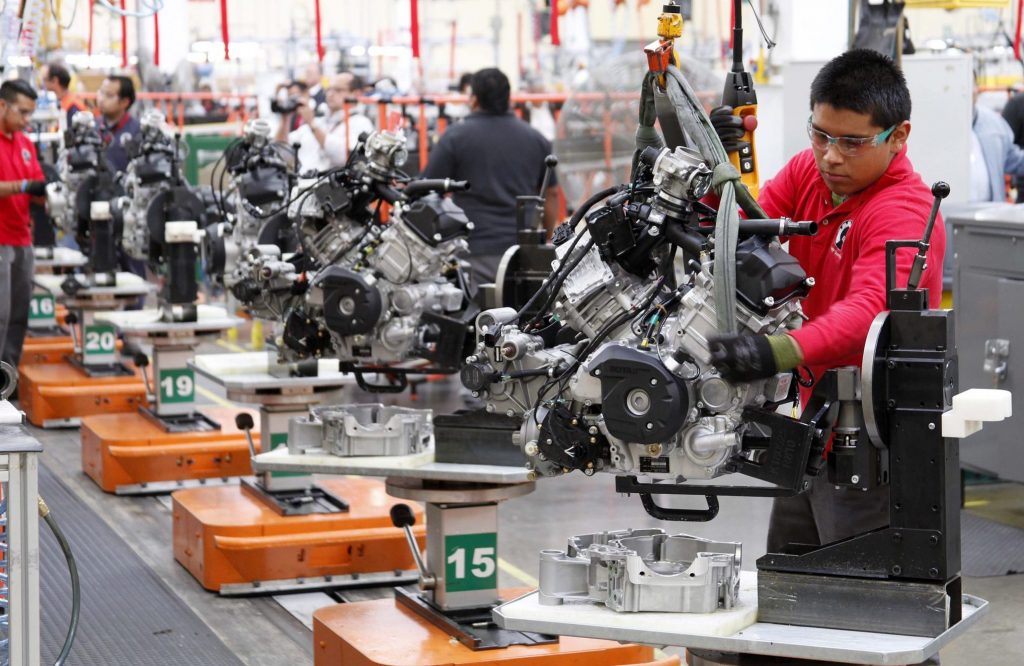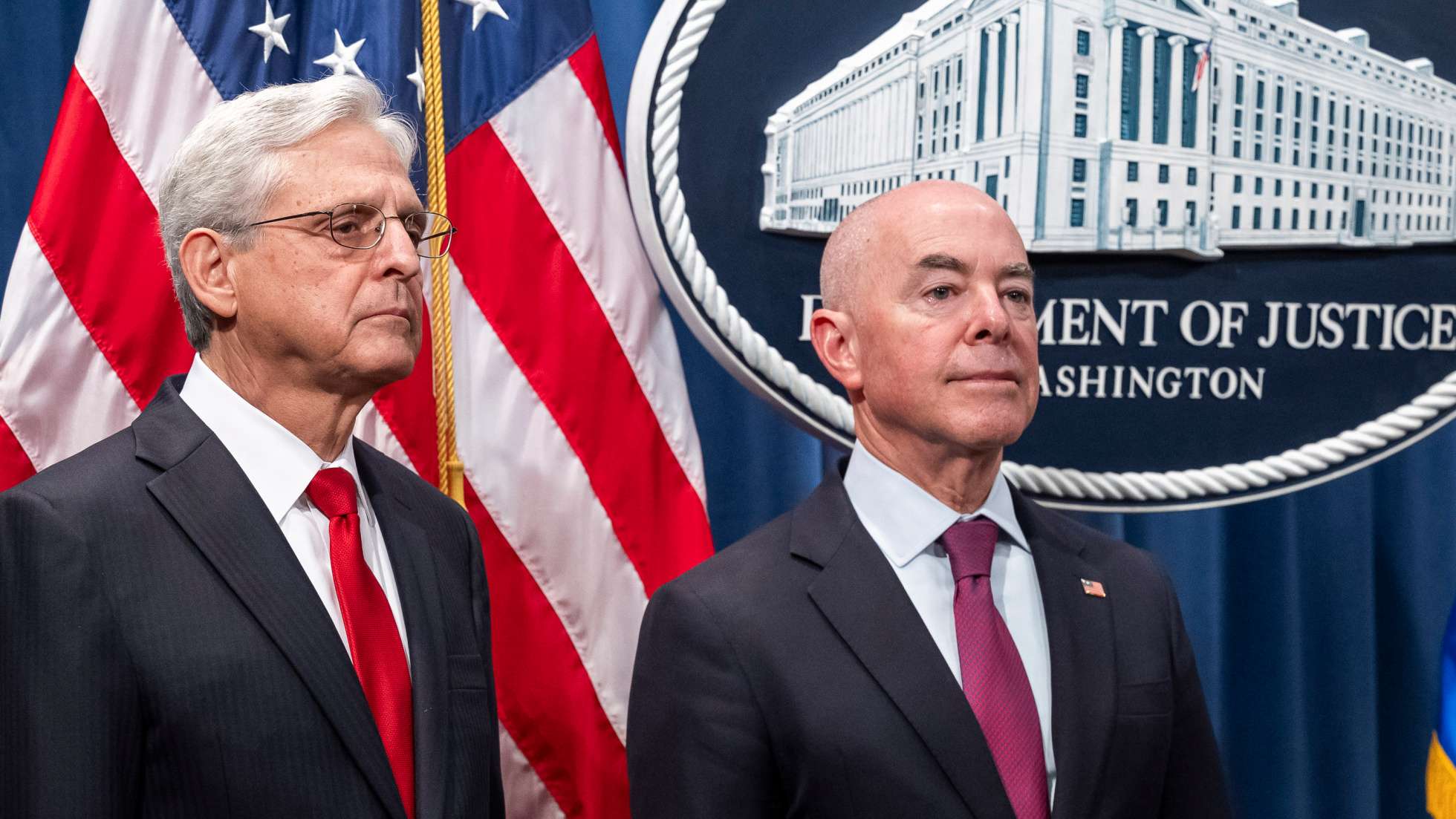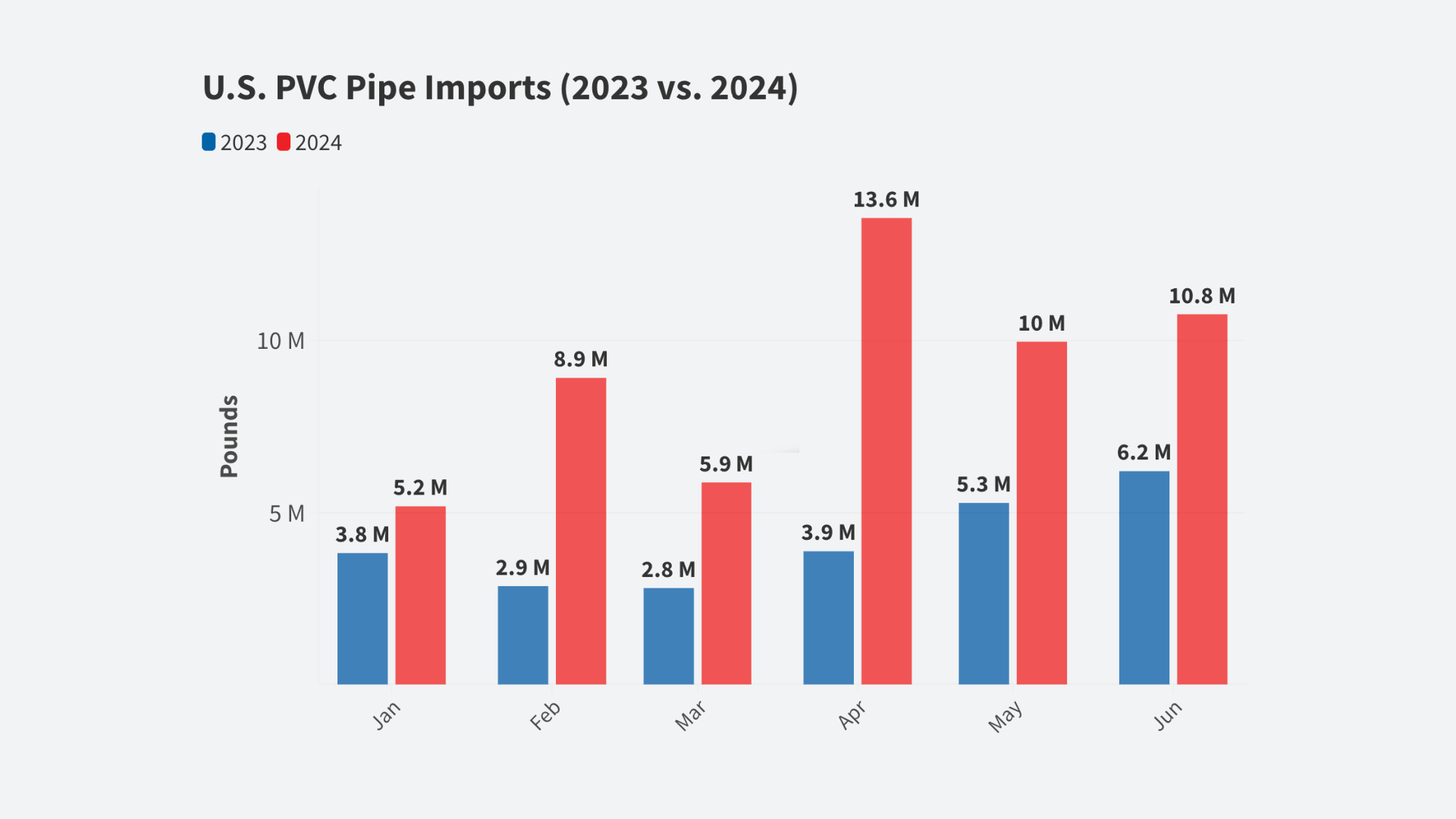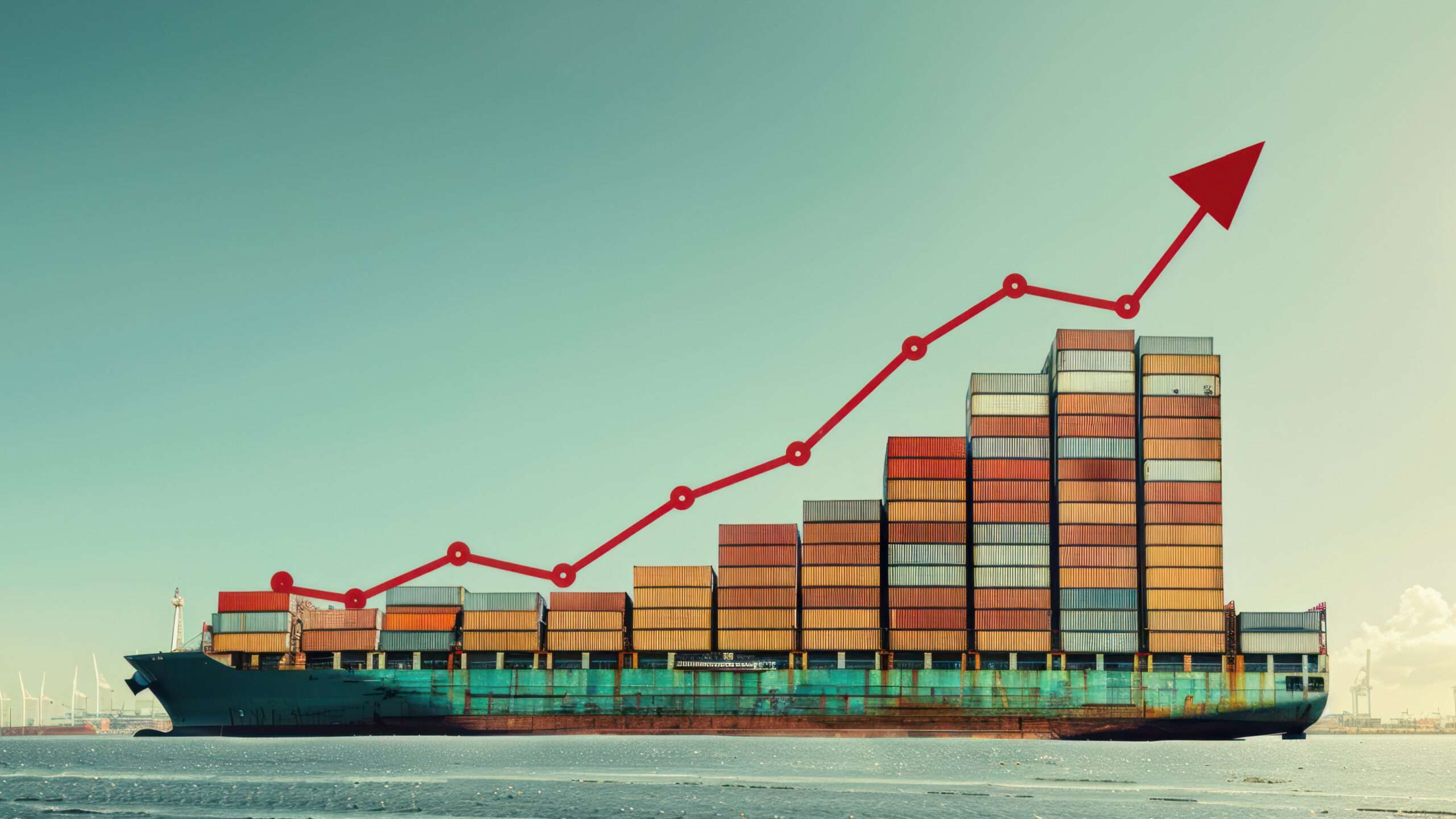Jeff Ferry, Chief Economist
Steven Byers Ph.D., Senior Economist
June 2019
This Briefing Paper looks at the shortcomings of economic models of trade action, their causes, and modifications to improve the accuracy of these forecasting models.
|
Executive Summary From the adoption of NAFTA in 1994, through the Trump administration’s 2018 tariffs, economic forecasts have consistently failed to predict the impacts of free trade agreements and other trade actions. As this paper documents, economic forecasts have consistently proven wrong regarding economic growth, trade volumes, and employment. We look at four distinct causes of these poor forecasts, including the exclusion of positive effects from reducing trade as well as a tendency toward generalizations that overlook real-world conditions. Finally, we look at how CPA’s research team is attempting to overcome these issues by modifying economic models to incorporate the lessons of recent decades. |
For more than a quarter century, every major action the US government has taken on trade policy has been accompanied by economic forecasts of their impact on the US economy. And in every case, that forecast has been wrong. Sometimes the actual result has been in the opposite direction from that predicted in the forecast.
These forecasts, based on economic models, are influential. Indeed, US trade law requires that an economic forecast be carried out by the International Trade Commission (ITC) for every free trade agreement the executive branch proposes to Congress. There are good reasons these forecasts are habitually wrong and they go deeper than a simple bias towards free trade on the part of the economists or civil servants.
Table 1 contains a comparison of some notable forecasts with actual results. All the trade actions and related economic models in the table, except one, relate to government actions toward greater free trade. The one exception is President Bush’s imposition of tariffs on imported steel in 2002. In all cases, the forecasting errors overestimate the benefits of moving toward greater free trade, and they also overestimate the costs or losses from the one action that limited free trade.
Several factors came together in the early 1990s to make economic modeling of trade a major factor in political discussion: the move to globalization epitomized by NAFTA—America’s most important free trade agreement (FTA); the rise of intense debate about the jobs created and/or destroyed by FTAs; and, the invention of the personal computer—which made possible the computer-generated equilibrium (CGE) model. Personal computers and CGE models made it much quicker, easier, and cheaper to forecast future economic scenarios. CGE models would become the weapon of choice for free traders seeking to prove the benefits of free trade.
| Table 1. Historic Trade Model Forecasts vs. Actual Outcomes 1993-2018 | ||||
| Trade Action | Forecaster & Year | Forecast | Actual Outcome | Assessment |
| NAFTA 1994 | Hufbauer, Schott (IIE), 1993[1] | NAFTA would add 170,000 jobs to US economy | NAFTA cost the US roughly 1 million jobs, per Public Citizen. | Directionally wrong |
| PNTR China 2001 | USITC (1999) [3] | US imports from China would increase 7% in three years, 2000-2003 | US imports rose from $100.0M in 2000 to $152.4M, an increase of 52%. | Wrong by factor of 7 |
| Steel tariffs 2002 | Trade Partnership Worldwide (2003) for CITAC [4] | 200,000 US jobs lost. | Per the USITC, employment in steel-consuming industries rose by almost 53,000 jobs between March and December 2002, after a decline in 2001. | Directionally wrong |
| KORUS-US-South Korea Free Trade Agreement 2007 | USITC (2007) [5] | US exports to Korea would rise by $10.3 billion (30%); US imports from Korea to rise by $6.65 billion (14%). Therefore US bilateral trade deficit would shrink by $3.65B. | In 2018, US exports were up $12.8B or 29% over 2011; US imports were up 31%; the trade balance was 36% larger at -$17.9B. | Trade balance forecast was directionally wrong; US export growth forecast was close. US import forecast wrong by a factor of 2. |
| Steel & aluminum tariffs, 2018 | Trade Partnership Worldwide (2018) [6] | GDP reduced by 0.2% per year; net job loss of 400,455 jobs | GDP rose by 2.9% in 2018, above the 2017 level and above earlier forecasts. The US added 2.68 million jobs in 2018, the strongest full-year of job growth since 2015. | Directionally wrong |
| References | ||||
| 1. Hufbauer, Schott, 1993, NAFTA: An Assessment, 1993, Institute for International Economics. | ||||
| 2. Brown, Deardorff, Stern, 1992, A North American Free Trade Agreement: Analytical Issues and a Computational Assessment, in The World Economy 15 (1). | ||||
| 3. USITC, Assessment of the Economic Effects on the United States of China’s Accession to the WTO, Publication 3228, August 1999. | ||||
| 4. Francois, Baughman, The Unintended Consequences of US Steel Import Tariffs: A Quantification of the Impact During 2002. | ||||
| 5. USITC, US-Korea Free Trade Agreement: Potential Economy-wide and Selected Sectoral Effects, Sept. 2007, USITC Publication no. 3949. https://www.usitc.gov/publications/pub3949.pdf | ||||
| 6. Francois, Baughman, Anthony, 2018, Round 3: The Estimated Impacts of Tariffs on Steel and Aluminum. https://tradepartnership.com/wp-content/uploads/2018/06/232RetaliationPolicyBriefJune5.pdf | ||||
The debate over NAFTA set the parameters for public discussion of trade deals—parameters that have not changed much in 27 years. NAFTA critics, led by Ross Perot, charged that free trade with Mexico would destroy American jobs. Free trade advocates had argued that NAFTA would contribute to economic expansion, but had said little about jobs. With the NAFTA debate focusing on jobs, and armed with CGE models, free traders leapt into the battle.
Two economists at what is now the Peterson Institute of International Economics, Gary Hufbauer and Jeffrey Schott, developed a model that showed NAFTA would generate 170,000 new US jobs. Their figures were rounded up and became the basis of President Clinton’s famous claim that “NAFTA will create 200,000 American jobs in the first two years of its effect…and a million jobs in the first five years of its impact.” Clinton’s Undersecretary of Commerce, Jeffrey Garten, was more optimistic: “Our range of estimates for Mexican GDP growth is between a supercharged six percent a year, worthy of Asian tigers, and a startling 12 percent a year, comparable to China’s recent growth.” (From 1994 to 2017, far from supercharged, Mexico’s per capita real GDP growth averaged less than one percent annually—one of the worst performances in all of Latin America.) Within the US, far from creating jobs, NAFTA is seen as responsible for the loss of about 1 million jobs, per Public Citizen.
The problem with economic models is broader than Hufbauer and Schott’s unrealistic optimism. In a keynote address at a 2014 conference on “NAFTA at 20” hosted by the Dallas Federal Reserve Bank, University of Minnesota professor Timothy Kehoe said that CGE models “failed in predicting the agreement’s impact on trade by industry.” Kehoe studied 12 papers presented to the US International Trade Commission (USITC) in 1992 and found that the correlation between those papers’ forecasts and actual results was zero. This astounding result came about because the small negative correlations counterbalanced the small positive correlations.
A typical example can be seen in Table 1, where one economic model forecast that US imports from Mexico would increase 2.3 percent by 2008. In the event, imports surged by 46.2 percent, so the forecast was wrong by a factor of 20. “The pre-NAFTA forecasts significantly underestimated the effects of NAFTA on trade, sometimes by several orders of magnitude,” was the comment of three economists who studied the forecasts in 2015.
Undaunted, economists within the ITC and outside continued to produce overly optimistic forecasts to support moves to greater free trade. When the United States granted China permanent normalized trade status (PNTR) in 2001, it did so in part because a USITC study predicted that imports from China would rise just 7 percent in the subsequent three years. In actuality, the increase was 52 percent—the study was wrong by a factor of seven. Later, when the Bush Administration was considering the KORUS trade agreement with South Korea, the ITC projected that the deal would lead to a reduction in the US trade deficit with South Korea. KORUS was approved by Congress in 2011, and went into effect in 2012. The trade deficit with South Korea, which had ranged between $10 billion and $13 billion for most of the preceding decade promptly accelerated to over $20 billion each year from 2013 through 2017, before contracting to $18 billion last year. The ITC forecast was directionally wrong: the US bilateral trade deficit with Korea got worse, not better, following the KORUS agreement.
The same pattern of bias in favor of free trade is visible in the two trade actions that limited trade. In early 2003, after the imposition of the Bush steel tariff of 2002, the Trade Partnership Worldwide produced a “quantification” that attempted to estimate the economic effects of the tariff. It concluded that 200,000 Americans lost their jobs in 2002 alone due to the steel tariff. This claim was criticized in a later ITC publication which said that between March 2002 (when the tariffs were imposed) and December 2002, employment in steel-consuming industries had actually increased by 53,000 jobs. The ITC also pointed out that its own survey of steel-consuming businesses found a majority said that the imposition or the elimination of the tariffs would have no effect on employment, international competitiveness, or capital investment.
Finally, when the Trump administration imposed steel and aluminum tariffs in early 2018, the Trade Partnership Worldwide produced a study estimating that 400,455 jobs would be lost. In the event, the year 2018 saw one of the strongest records of job growth in modern times, adding 2.68 million civilian jobs over the course of the year.
Understanding CGE Models
There are at least four good reasons why the CGE models used by trade economists generate results that show a constant bias in favor of free trade. The first and most important reason is that these models are specifically designed to duplicate the positive effects of greater free trade while excluding any negative effects. Economists who support trade action (such as the present authors) do so because they believe that limiting imports in an industry will lead to national economic growth through increased output, employment, profit, and investment in industries that offer higher wages and profits than other industries. (There may also be national security reasons and long-term economic considerations to support trade action, but for this purpose, we consider only the short- and medium-term impacts on the national economy, which is what an economic model should attempt to capture.)
The positive effects of trade action are excluded from all major trade models because the models are based on the assumption that wages and profits in all industries are the same. This is known to economists as “general equilibrium” and is often referred to by non-economists as an assumption of “full employment.” But general equilibrium is actually a much more restrictive assumption than full employment. If an economy is in equilibrium, then a valuable industry like say steel or autos does not pay more than any other industry for a worker of equivalent skill level. This assumption of equilibrium is so well understood by economists that it typically does not need to be explained. Of course to business executives and industrial workers, this is not remotely true of the real world. To cite just one example, in a recent New York Times profile of a man who lost his job in General Motors’ closure of its Lordstown, Ohio car plant, the man commented that his best alternative employment offered far lower pay: “The alternative, working on natural gas wells in Pennsylvania, paid him $13 an hour, about half what he was making at G.M.”
A second important weakness of CGE models is that they are not designed to capture investment flows and their effects. A major feature of trade agreements in the age of globalization is the impetus they give to multinationals to move production to low-cost locations. The CGE models tend to look at a country’s existing industrial base and make gradual extensions to it. For example, the NAFTA forecast by Brown, Deardorff and Stern estimated that the US apparel industry would be a major beneficiary of NAFTA, while a Peat Marwick 44-sector CGE model cited motor vehicles as a major beneficiary of NAFTA. In reality, both of these industries lost millions of dollars of output and hundreds of thousands of jobs to Mexico. The studies missed this because, like all trade models, they focused on the potential positive effects of lower input prices for finished goods industries.
Yet they ignored the possibility that senior management in those finished goods industries might seize the opportunity of moving finished goods production to the lower-cost country, once the free trade agreement became law. That is precisely what happened to both apparel and autos in the US. Between 1994 and 2000, US employment in apparel manufacturing fell by 45 percent, with jobs moving to Mexico being a major cause of the plunge. In autos, Mexican auto production skyrocketed from about 1 million vehicles per year to the current level of 3.5 million as auto companies shifted assembly from the US to Mexico.
A third reason why CGE model results tend to overstate the benefits of free trade is due precisely to a lack of insight into how businesses actually behave in a world where most industries are made up of a handful of major players—and each player’s decision-making is partially dependent on his competitors’ decisions. For example, the steel tariffs of 2018 led to steel prices spiking by some 25 percent to 50 percent in the summer of 2018 before coming back in early 2019 to some 10 percent over pre-tariff prices. Yet new car prices have risen only around 1 percent in that timeframe, because of intense competition in the auto industry. Auto industry executives refrained from passing on the steel cost increases. Yet the CGE models use mechanical pass-through effects which force higher price increases into their models. These assumed consumer price increases in turn force large reductions in demand, and depress the entire economy. It is understandable that in building a complex model of a multi-sector economy, a modeler cannot build in industry-specific effects for all industries. But trade modelers display a strange resistance to modifying their models and acknowledging that the mechanical input-output relationship is too restrictive for many US industries.
The fourth and final reason why trade models are wrong is presentational. They are often presented as forecasts of the future performance of the US economy. Table 2 shows how a series of forecasts issued by economists using trade models have “forecast” job losses of between 99,000 and 2.2 million jobs over the three years since the start of Trump’s tariffs in early 2018. Often, when these economists are confronted with the fact that our economy has been creating jobs at the consistent rate of some two million a year since the start of 2017, they respond that the trade models are not true forecasts, they are only designed to show the effects of trade action. They argue that a “forecast” of 99,000 job losses due to tariffs is not a forecast but a quantification of the loss compared to what would have happened in the absence of a tariff. They sometimes describe their models as pedagogical tools used by economists to help students or non-economists better understand the supposed effects of free trade.
| Table 2 – Studies on the Economic Impact of Trump Tariffs | ||||||
| Author/
Sponsor |
Published Date | Title | Impact on Employment | Impact on GDP | Actual Employment Result | Actual GDP Result |
| Aluminum[1] | Jun-17 | Impacts of Potential Aluminum Tariffs on the US Economy | Average loss of 99,800 jobs per year | Reduction of $21.5B in GDP per year on average | US total employment rose by 2.68M jobs in 2018 & rose by 557,000 jobs in Q1 2019. | Real GDP rose by 2.9% in 2018; rose at annual rate of 3.1% in Q1 2019. |
| Forum[2] | 23-Mar-18 | The Costs of National Security Tariffs on Steel and Aluminum | NA | Reduction of $3.2B of GDP per year | ||
| Heartland[3] | Feb-19 | Estimated Impacts of Tariffs on the US Economy and Workers | Loss of 2,235,400 jobs over 1-3 years | Reduction of 1.04 percent over a 1-3 years | ||
| Trade Partnership Worldwide[4] | 5-Jun-18 | Round 3” ‘Trade Discussion’ or ‘Trade War’? The Estimated Impacts of Tariffs on Steel and Aluminum | Net Loss of 402,445 Jobs | Reduction in GDP of 0.2% annually | ||
| References | ||||||
| [1] Eisenbach, Jeffrey E., Harrison Jr., David., Hogan, Dylan., Chin, Taylor (2017). Impacts of Potential Aluminum Tariffs on the U.S. Economy. NERA Economic Consulting. | ||||||
| [2] Varas, Jacqueline (2018). The Costs of National Security Tariffs on Steel and Aluminum. American Action Forum. | ||||||
| [3] Francois, Joseph., Baughman, Laura M. (2018). Estimated Impacts of Tariffs on the U.S. Economy and Workers. Trade World Partnership, LLC. | ||||||
| [4] Francois, Joseph., Baughman, Laura M., Anthony, Daniel. (2018). Round 3: ‘Trade Discussion’ or ‘Trade War’? The Estimated Impacts of Tariffs on Steel and Aluminum. Trade World Partnership, LLC. | ||||||
But the models are not used that way by politicians or journalists—who inevitably cite the model results as accurate forecasts. In fact, the models are rarely described that way, even by the economists who create the models. The best example is perhaps the Trade Partnership Worldwide study in 2003, which specifically said: “200,000 Americans lost their jobs to higher steel prices during 2002.” Despite the fact that total employment in the US was roughly flat in 2002 and employment in steel-consuming industries actually rose in that year, this statement has been repeated hundreds of times in the press as fact when it is actually a model’s estimation of what would have been lost if one accepts the model’s hypothesis of what would have happened in the absence of the tariff.
Further down the page, in a surprising display of honesty (and chutzpah) the study admits: “While insufficient data exist at this time to measure the precise role steel tariffs played in causing such significant price increases, relative to the other factors, it is clear that the Section 201 tariffs played a leading role in pushing prices up.” The authors are obliged to comment on price increases because those could be measured. The alleged job losses could not of course be measured because there was no evidence of any real job losses.
What is CPA Doing?
Notwithstanding the comments above, CPA believes that economic models, including CGE models, can be used to estimate the effects of trade policy. We are working with a 156-sector CGE model and modifying it to enable a better mirror of the workings of the real economy. In this effort, we are attempting to merge trade modeling with macroeconomic modeling for a more realistic picture of the behavior of the US economy.
Our modifications include:
- Using a multi-year forecast, and incorporating a forecast of economic growth, so we are forecasting real results in GDP and employment, not just “pedagogical” demonstrations of trade policy effects.
- Allowing individual industries to grow in response to trade actions, with that growth to exerting an influence on national economic variables like GDP, employment, and wage levels.
- Incorporating industry-specific information on prices, demand, and related variables, and modifying key parameters like the price elasticity of demand by industry to better reflect current realities.
- Adding flexibility to the input-output table, thereby allowing some but not all price changes to be passed through the supply chain, enabling us to better mirror recent, observed events, especially persistent low US inflation despite tariffs.













